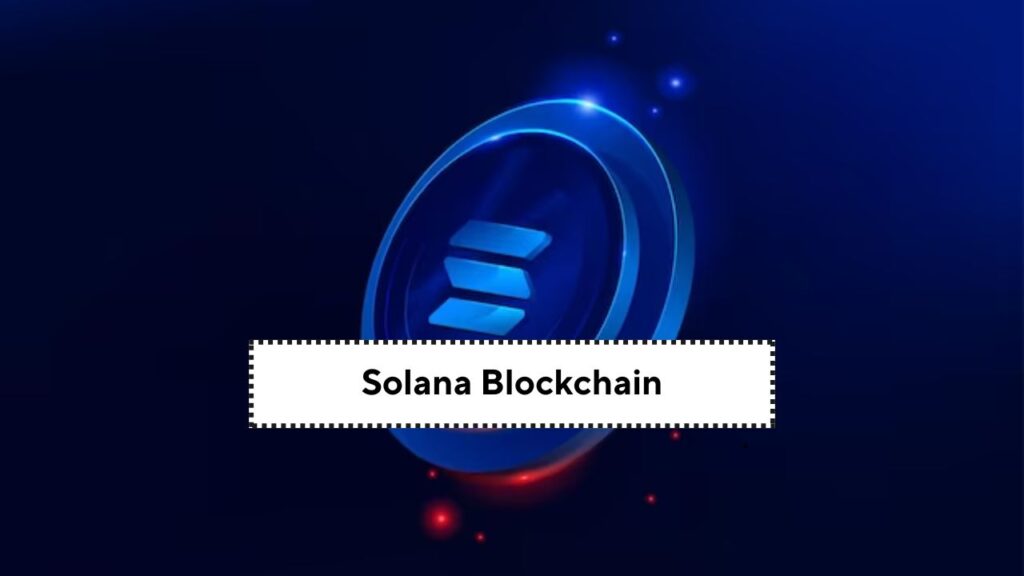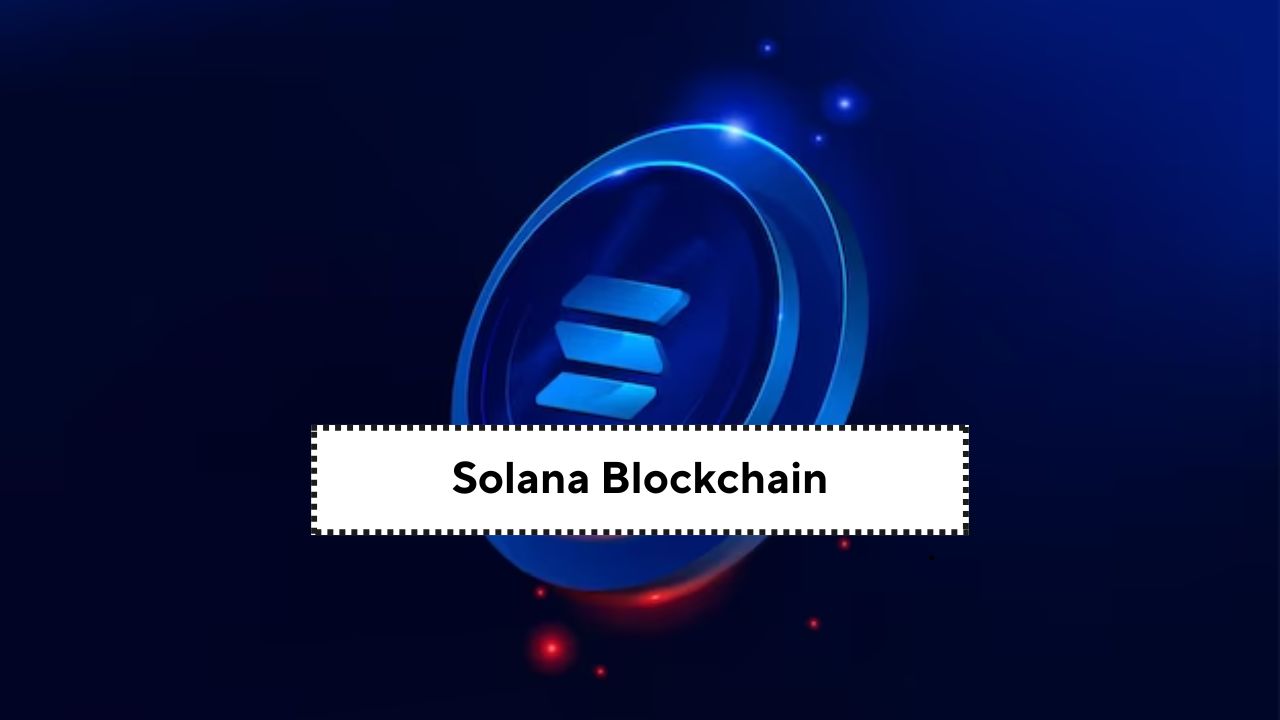In the fast-evolving world of blockchain technology, Solana has emerged as one of the most promising platforms, known for its blazing-fast transaction speeds, low fees, and scalability.
Often referred to as an “Ethereum killer,” Solana aims to address some of the most pressing challenges faced by earlier blockchains, such as network congestion, high gas fees, and slow transaction times.
This article delves into what makes Solana unique, its key features, use cases, and its potential to reshape the blockchain landscape.
What Is Solana?

Solana is a high-performance, open-source blockchain platform designed to support decentralized applications (dApps) and cryptocurrencies.
Founded in 2017 by Anatoly Yakovenko, Solana’s primary goal is to provide a scalable and efficient infrastructure for developers and users.
Unlike many other blockchains, Solana achieves its impressive speed and scalability without relying on Layer 2 solutions or sharding, making it a standout in the crypto space.
Key Features of Solana
Solana’s architecture is built around several innovative technologies that set it apart from other blockchains:
- Proof of History (PoH):
- Solana’s unique consensus mechanism, Proof of History (PoH), timestamps transactions before they are added to the blockchain. This creates a historical record that allows the network to process transactions in parallel, significantly increasing throughput.
- High Throughput:
- Solana can process up to 65,000 transactions per second (TPS), far surpassing Ethereum’s current capacity of around 30 TPS. This makes it one of the fastest blockchains in existence.
- Low Transaction Fees:
- Solana’s efficient design keeps transaction fees extremely low, often less than a fraction of a cent. This makes it an attractive option for developers and users alike.
- Scalability:
- Solana’s architecture is designed to scale with hardware improvements, meaning its performance can improve as technology advances.
- Ecosystem Support:
- Solana supports a wide range of decentralized applications, including DeFi platforms, NFT marketplaces, gaming, and more. Its developer-friendly environment has attracted a growing number of projects.
- Energy Efficiency:
- Compared to proof-of-work blockchains like Bitcoin, Solana is much more energy-efficient, making it a greener alternative in the crypto space.
How Does Solana Work?
Solana combines several cutting-edge technologies to achieve its high performance:
- Proof of History (PoH):
- PoH acts as a cryptographic clock, enabling the network to agree on the order of transactions without requiring validators to communicate extensively. This reduces latency and increases speed.
- Tower BFT (Byzantine Fault Tolerance):
- Solana uses a customized version of the Practical Byzantine Fault Tolerance (PBFT) algorithm, which works in tandem with PoH to ensure consensus among validators.
- Gulf Stream:
- This protocol allows validators to forward transactions to leaders before the previous block is finalized, reducing confirmation times and improving efficiency.
- Turbine:
- Solana’s block propagation protocol breaks data into smaller packets, making it easier to transmit information across the network quickly.
- Sealevel:
- Solana’s parallel smart contracts runtime enables the simultaneous execution of thousands of contracts, further boosting scalability.
Use Cases of Solana
Solana’s speed, low fees, and scalability make it suitable for a wide range of applications:
- Decentralized Finance (DeFi):
- Solana hosts a growing number of DeFi platforms, such as Serum (a decentralized exchange) and Raydium (an automated market maker). These platforms benefit from Solana’s high throughput and low fees.
- Non-Fungible Tokens (NFTs):
- Solana has become a popular choice for NFT projects due to its low minting costs and fast transaction times. Marketplaces like Solanart and Magic Eden have gained significant traction.
- Gaming:
- The blockchain’s speed and scalability make it ideal for gaming applications, where fast and seamless transactions are crucial. Projects like Star Atlas and Aurory are leading the way in blockchain gaming on Solana.
- Web3 and dApps:
- Solana supports a wide range of decentralized applications, from social media platforms to decentralized identity solutions.
- Payments:
- Solana’s low fees and fast transaction times make it a viable option for micropayments and remittances.
Advantages of Solana
- Speed: With up to 65,000 TPS, Solana is one of the fastest blockchains available.
- Low Fees: Transaction costs are a fraction of a cent, making it accessible for users and developers.
- Scalability: Solana’s architecture is designed to handle increasing demand without compromising performance.
- Developer-Friendly: Solana supports multiple programming languages, including Rust and C, making it easier for developers to build on the platform.
- Growing Ecosystem: Solana has a vibrant and rapidly expanding ecosystem of projects and partnerships.
Challenges and Criticisms
While Solana has many strengths, it also faces some challenges:
- Network Outages: Solana has experienced several network outages, raising concerns about its reliability.
- Centralization Concerns: Some critics argue that Solana’s high hardware requirements for validators could lead to centralization.
- Competition: Solana faces stiff competition from other high-performance blockchains like Avalanche, Polygon, and Binance Smart Chain.
- Adoption Hurdles: Despite its advantages, Solana still needs to attract more users and developers to compete with Ethereum’s dominance.
Solana vs. Ethereum
While Ethereum remains the leading blockchain for dApps and smart contracts, Solana offers several advantages:
- Speed: Solana is significantly faster than Ethereum.
- Fees: Solana’s transaction fees are much lower than Ethereum’s, especially during periods of high network congestion.
- Scalability: Solana’s architecture is designed to scale more efficiently than Ethereum’s.
However, Ethereum has a larger ecosystem, more developer support, and is transitioning to Ethereum 2.0, which aims to address its scalability issues.
The Future of Solana
Solana’s future looks promising, with several developments on the horizon:
- Continued Ecosystem Growth: More projects and partnerships are expected to join the Solana ecosystem.
- Improved Stability: Efforts are underway to address network outages and improve reliability.
- Interoperability: Solana is working on cross-chain solutions to enable seamless interaction with other blockchains.
- Mainstream Adoption: As awareness of Solana grows, it could attract more institutional and retail users.
FAQs About Solana
1. What is Solana used for?
Solana is used for decentralized applications (dApps), DeFi platforms, NFTs, gaming, and more.
2. How does Solana achieve such high speeds?
Solana uses a combination of Proof of History (PoH), Tower BFT, and other innovative technologies to achieve high throughput.
3. Is Solana better than Ethereum?
Solana offers faster speeds and lower fees than Ethereum, but Ethereum has a larger ecosystem and more developer support. The “better” platform depends on your specific needs.
4. What are SOL tokens?
SOL is Solana’s native cryptocurrency, used for transaction fees, staking, and governance.
5. Can I stake SOL tokens?
Yes, SOL tokens can be staked to earn rewards and help secure the network.
6. Is Solana eco-friendly?
Yes, Solana is more energy-efficient than proof-of-work blockchains like Bitcoin.
Final Thoughts
Solana has positioned itself as a leading contender in the blockchain space, offering a compelling combination of speed, scalability, and low fees.
While it faces challenges, its innovative technology and growing ecosystem make it a strong candidate for powering the next generation of decentralized applications.
Whether you’re a developer, investor, or crypto enthusiast, Solana is a blockchain worth keeping an eye on as it continues to evolve and shape the future of decentralized technology.
